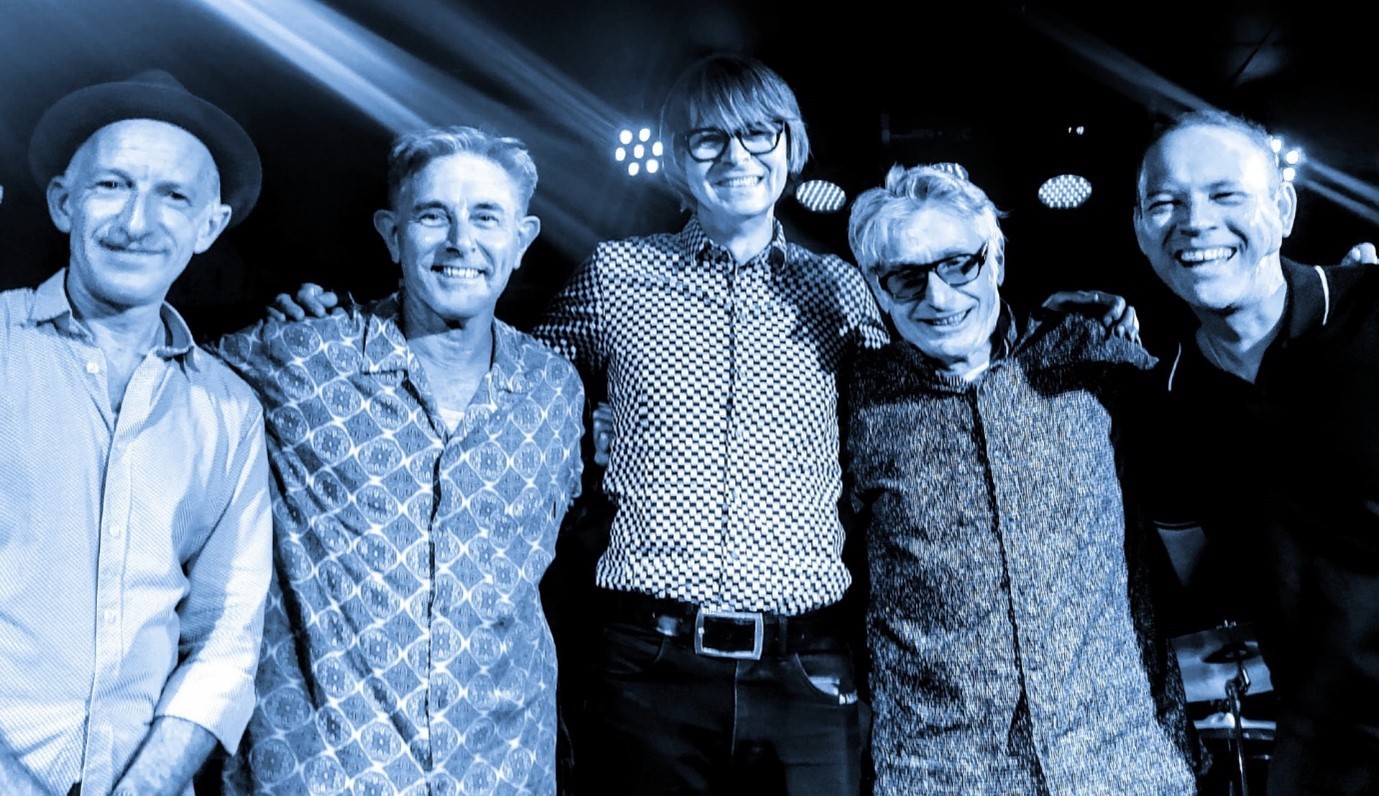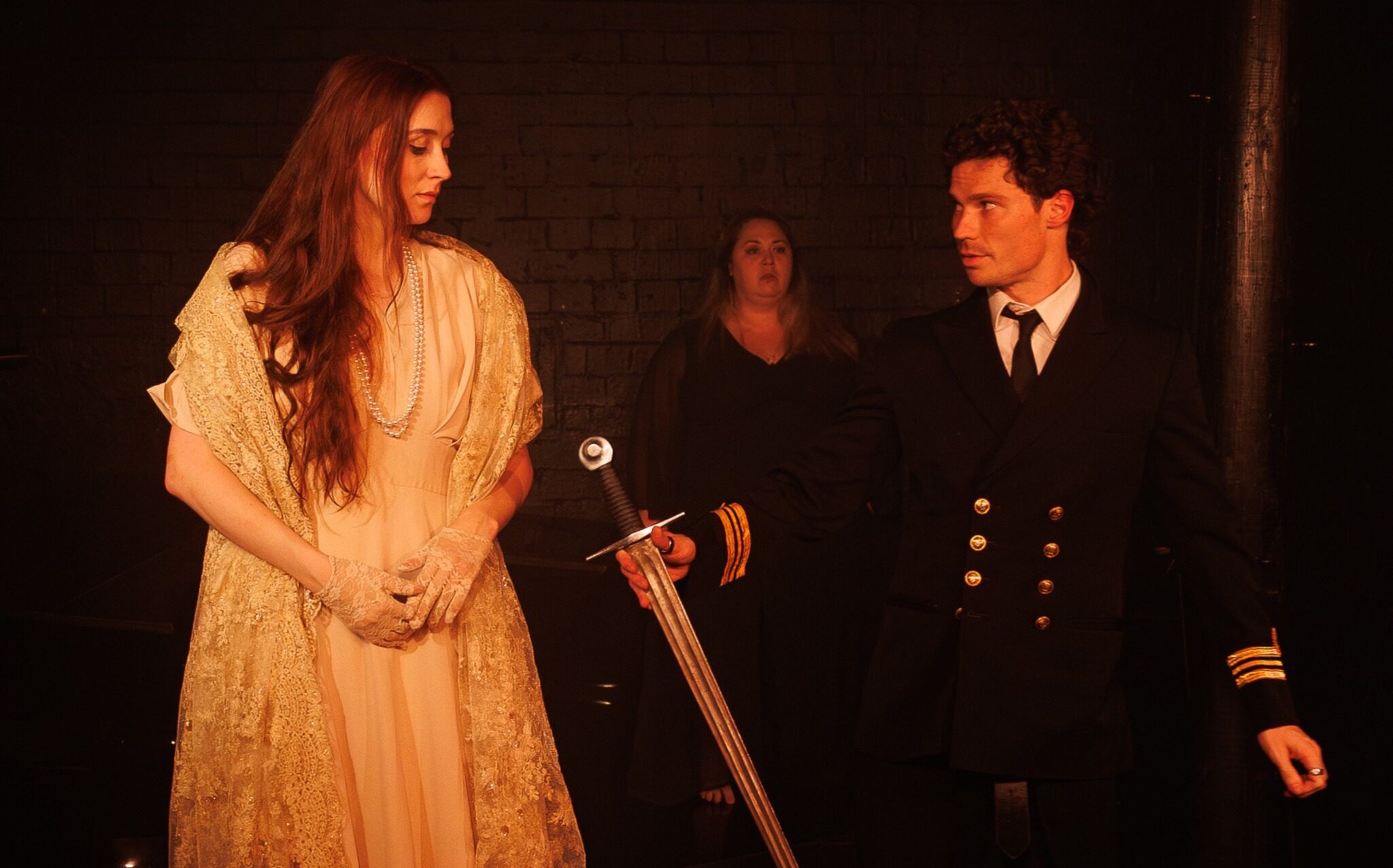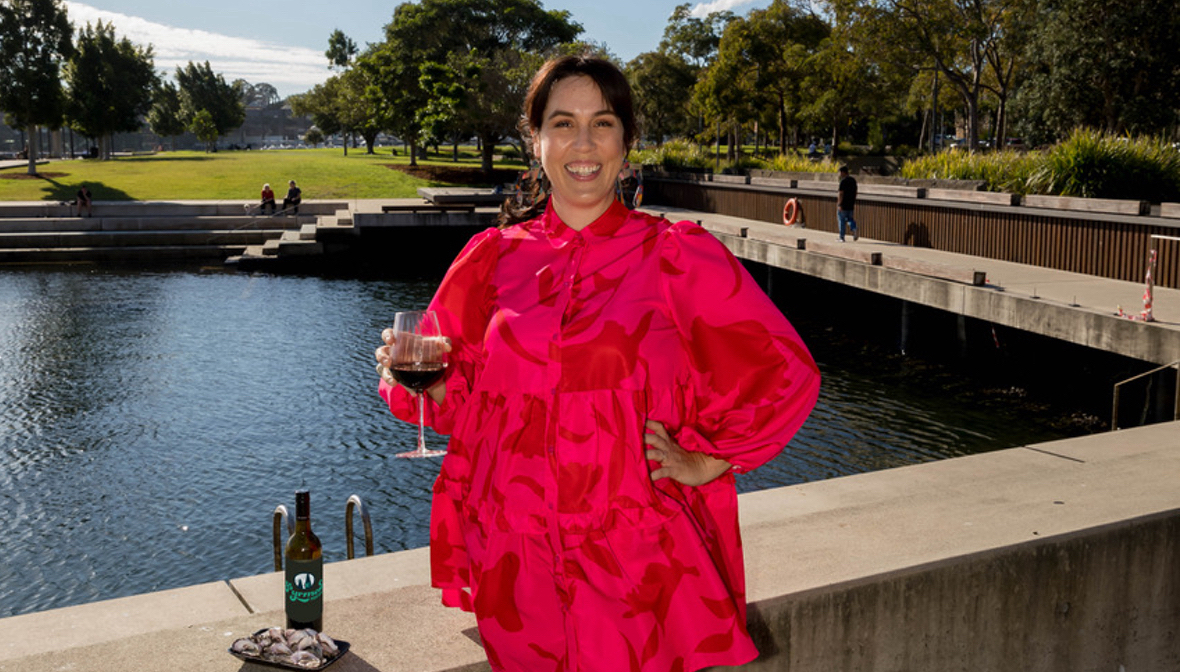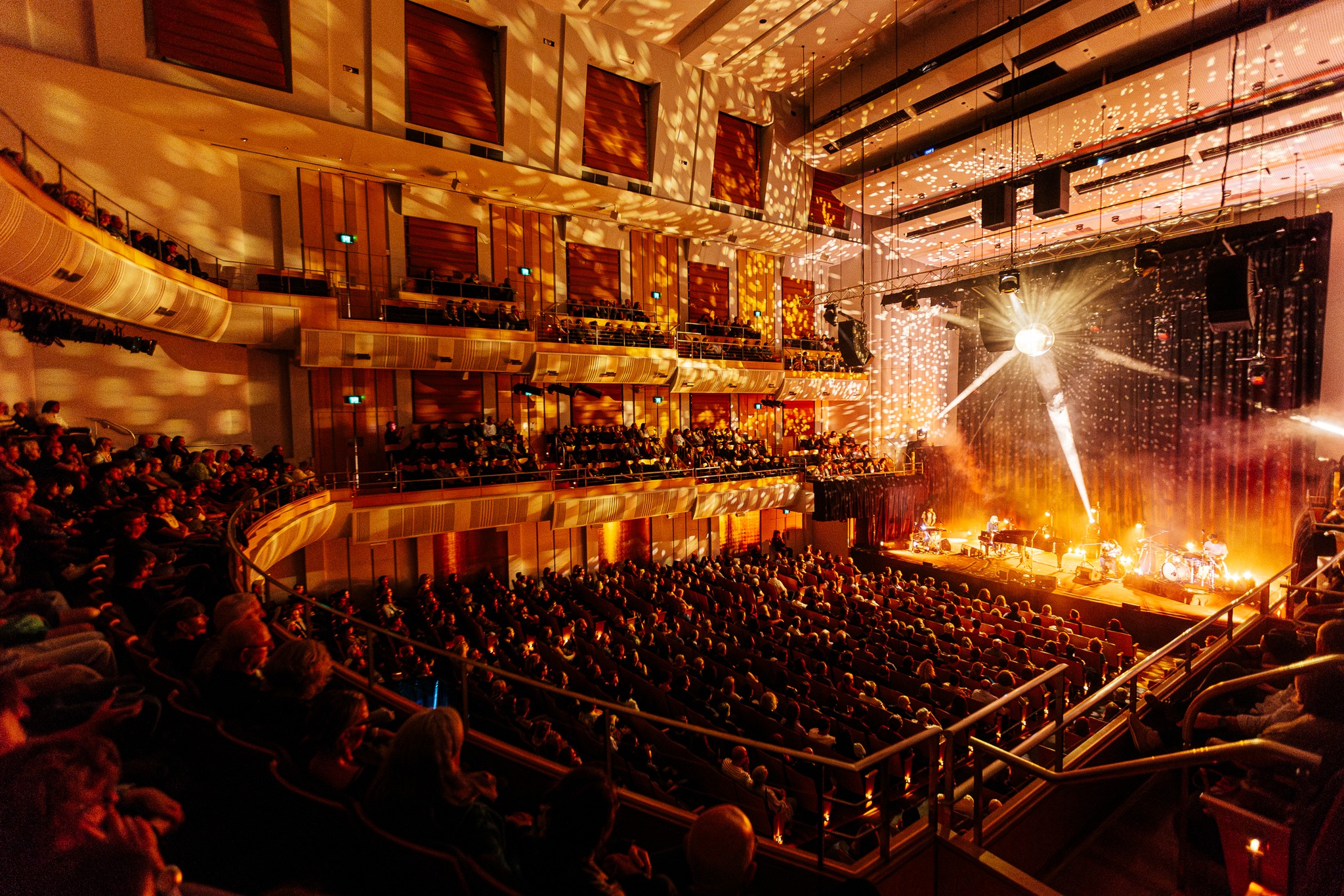
Amaro Freitas – REVIEW

Despite little advance publicity, Brazilian pianist Amaro Freitas made his Australian debut to a small but enthusiastic audience during the first week of the Sydney Festival.
Described by jazz journal, Downbeat magazine as having “an approach to the keyboard so unique that it is startling,” Freitas began the concert quietly using conventional jazz approaches to the piano and ended up leaving the audience gobsmacked at his physical and electronic approach to his 90 minute repertoire of original tunes.
Brazilian jazz first came to the music world’s attention in the early sixties with artists including Antonio Carlos Jobim, Joao Gilberto and Airto Moreira introducing samba and bossa nova beats to world.

That all blew up big time in the mid-sixties with Astrid Gilberto’s “Girl From Ipanema” making the dance sounds of Brazil and all things Copacabana Beach synonymous with the country and cool; its impact would colour jazz music for years.
While Freitas does explore Brazilian rhythms, don’t expect to hear anything that you may associate with Brazilian music.
In a recent interview with SBS News Freitas said: “The jazz that I play is a powerful mixture of Brazilian music. But not the Brazilian music that people are used to, like samba, bossa nova – all the music that we dance to most. I think about Brazil from the perspective of the connection that we have with the land. It’s another type of connection with Brazilian music in the more experimental form.”

As Freitas stepped onto the stage the immediate thing that strikes is his imposing size, which is offset by his gentle demeanour.
The setting is the piano at front of stage and a back row of seven stage lights that provide varying moods with colour changes.
He starts his concert with a couple of fairly conventional pieces, rooted as much in approaches to classical music as in free form jazz.
Freitas’ approach to the dynamics of loud and quiet are already apparent, but its is not until he reaches into his piano and draws out two percussion hammers which he uses to great effect on the piano strings themselves.

A couple more tunes in, Freitas draws even more objects from inside the piano, using tape and cloth to dampen the strings, while maintaining his percussive attack on the instrument.
Next up Freitas produces a small flute which he plays into one of three mics set around the piano.
This single flute sound is then fed into a loop, which he introduces into this playing.
Slowly he builds on this by introducing new flute sounds that are looped again and again until we have a backdrop of a jungle redolent with birdlife, which Freitas again incorporates into his now complex playing.
A long way from bossa nova and samba but also an introduction to new forms of percussive playing and modern concrete music .
By the time Freitas concludes his concert, the audience is in his hold and rises in acknowledgement that they have just listened to something transforming.
Freitas has already come a long way from his humble musical beginnings in north-eastern Brazil and is quickly making his name as an international jazz icon.









